The violence within us: Is Indian society failing in many ways?
But wild, in-your-face violence of the kind seen in some of the crimes that continue to happen, particularly against women, indicates that the nation isn’t really progressing, never mind what the GDP numbers may say.
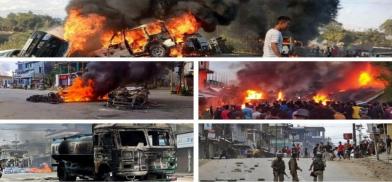
The horror video from Manipur showing two women being paraded naked has shocked the national conscience. Suddenly, everyone is speaking up. The accused have been arrested. The house of one of the accused persons has been burned down in retaliatory violence which is now a part of the cycle that has seen the majority Meiteis and the minority Kukis at war in recent months. Even in a country where violence is the language of power and an instrument of control used by the powerful against the weak, some cases cross all sane limits and bring a level of shock that stirs us to ask some searching questions. One may wonder if this is really the land of Mahatma Gandhi. The Manipur case will stay in the headlines for some more time. It will then be relegated to the files and will probably be forgotten. Some other cases stay even lesser in the headlines and in the national mind.
Earlier this month, another gruesome story made headlines. On a Saturday evening, a 45-year-old woman was sowing paddy in her field in Mehandipur, a village in Bihar’s Khagaria district when she was attacked and killed over a protracted land dispute. Four men on two bikes stopped by her field, beat her to death, gouged out her eyes and cut off her tongue. She died on the spot. Her family held five of their neighbours responsible for the crime. The accused neighbours had been arrested for killing the victim’s husband and brother-in-a-law nine years ago and were now out on bail. The horrific crime led to protests by villagers who blocked the national highway and refused to cremate the body till the killers were arrested. They relented only after assurances of stringent action. The story was soon deluged in the heavy rains that left Delhi flooded.
A new normalisation?
Violence of course takes on many hues. Violence is written into many actions and sometimes policies that are legitimised in the name of keeping the peace but are violent in themselves. Inequality is also violence. But wild, in-your-face violence of the kind seen in some of the crimes that continue to happen, particularly against women, indicates that the nation isn’t really progressing, never mind what the GDP numbers may say. They show the embeddedness and a new normalisation of the toxic cocktail of power, anger and hatred along with a deadening of the soul. And since these cases are not infrequent, they indicate that 75 years after independence, the bulwark of the democratic system which rests on ideas of justice and good governance practices is not holding up. Worse, this violence is carried out in open spaces, in front of eyewitnesses and sometimes in broad daylight before a crowd. A woman was attacked last December in a crowded market in Bihar’s Bhagalpur district, with her ears, hands, legs cut off with a chopper used to slaughter chicken. Her eyes were gouged out. The victim died in hospital. Shortly thereafter, so did her story.
The cases of violent crime listed here were both from Bihar, which according to figures from the National Crime Records Bureau (NCRB) had the second highest number of murders (3,195) and attempt to murder (13,202) cases among Indian States in 2020. The State that had the highest number of murder cases for 2020 was Uttar Pradesh and attempt to murder cases was West Bengal. The main reasons for the crimes in Bihar were given as property disputes while the reasons in the Manipur case are political. Sometimes wild and extreme forms of violence carry undertones of local power structures that perpetrate this monstrosity to kill and maim but more importantly to subjugate and warn others to fall in line.
But what is worrying is that most of us have this propensity to turn our heads away in cases where intervention may have helped. Eyewitnesses rarely help. We may not rush to blame them. The attacks in the other cases of violent crime cited here were probably so swift and horrifying that those around might have been too stunned to intervene or even react. That hopefully is an explanation for eyewitnesses not taking any action to help the victims. But they are also indicative of “the violence in our bones”, as the title of a book puts it. It suggests: “the mounting data on violence may have turned us into cynics, we seem to accept that violence is endemic to the project of living together.”
Collapse of law and order
Violent crime has the further fallout of creating insecurity for all those who will probably never encounter a case of violence on the streets. For example, a survey in the UK in 2021 reported that as many as 49 per cent of the women out of the 16112 contacted, felt unsafe walking alone after dark in a busy public place, like a high street or a railway station. In India, the capital city itself has red flags. According to the NCRB, Delhi is the most unsafe city in India for women. Though the number of cases registered saw a dip by 18 per cent between 2019 and 2020, Delhi still leads in cases of violence against women. As many as 9,782 cases were registered for violence against women in 2020, as compared to 11,724 cases registered in 2018 and 12,902 registered in 2019. Whether it is rape, assault, abduction or kidnapping, Delhi ranks the highest in all these violent crimes among all metros in the country; for 2020, Delhi reported more than twice the number of cases registered in Mumbai, Pune, Ghaziabad, Bengaluru or Indore.
It is of course important to study the numbers and analyse the big picture. It is equally important to hold the law-and-order machinery to account. But all of it is one aspect, the aspect of the normal course of business. It still cannot account for the idea of brazenness, the nature of wildness and the complete collapse of humanity that comes with some of these crimes that cause alarm. A murder will add to one number of the statistics of murders. A murder after which the victim’s eyes are gouged out also adds one to the total. Both are classified as a violent crime but that does not help us understand or analyse the issue. Some cases open to issues of psychopathology save that in most of the cases we see, the criminals are not insane. They are in fact telling us about the society we have created. They are telling us that we may be failing in many ways, and we better sit up and take note.
(The writer is the Managing Editor of The Billion Press. Views are personal. By special arrangement with The Billion Press)




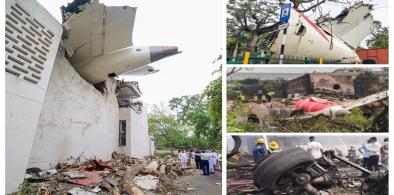
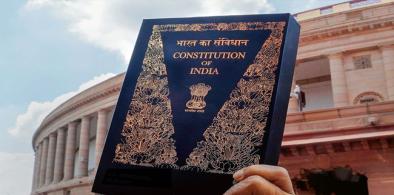
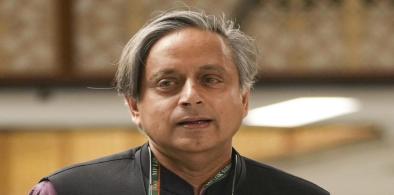



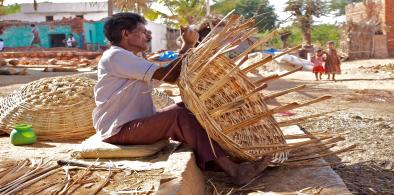
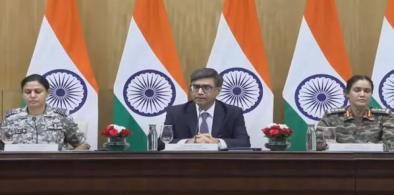
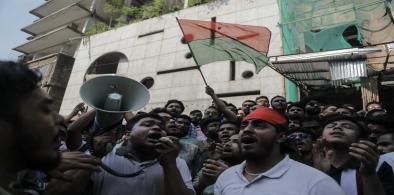







Post a Comment